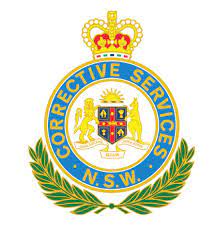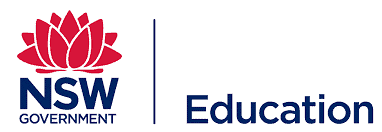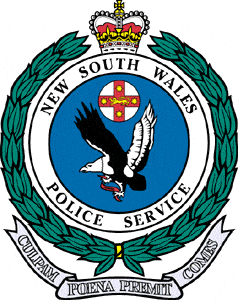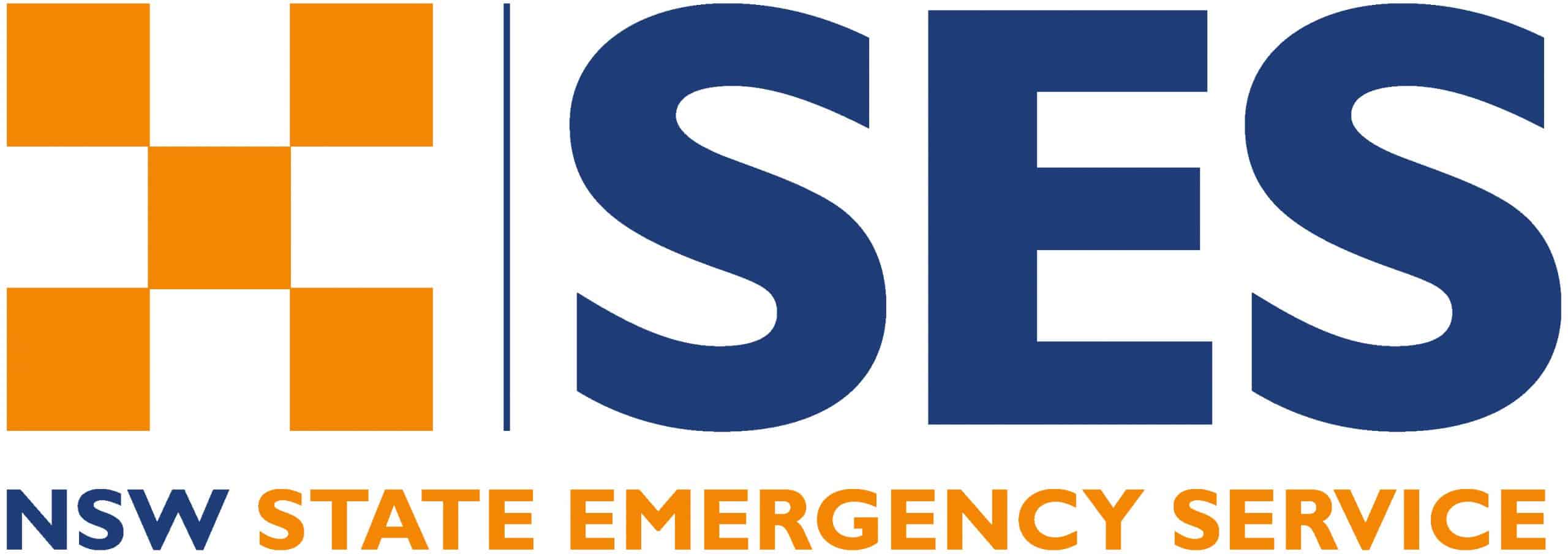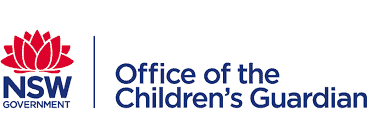Looking for an interactive and enjoyable Team Building Day that gets results?
Team Building Days can be a very mixed affair, often met with a range of reactions from “oh great!” to “hmmm, I’d rather book my root canal surgery that day”. The best ones I’ve personally ever been to used to consist of the company putting a couple of grand behind the bar and leaving us to a free-for-all once the boss left about 8pm…but that’s another story probably best not talked about here…
Many Team Building Days days consist of your team having a great time doing some unrelated-to-work group activity like bowling, interspersed with a nice lunch (hopefully not sitting next to the boss or that boring new bloke), and someone goes home with a ‘quality’ shiney gold plastic trophy and someone else with the equally high ‘quality’ golden horse’s a#se.
Perhaps you may have to do some physical challenge or brain teaser-type activity involving the whole team (but which really only ultimately involves 2 people who run the show, but everyone pretends to be involved as the boss is there). Or, maybe its a ‘really FUN!’ Team Building Day where everyone sits around in a tepee humming softly and playing bongos.
Whatever the activity, there’s a danger that all the usual cliques tend to stick together with the quieter people sitting in the background Facebooking or Snapchatting about how boring the day is. At best, everyone has the chance to have a moan about the boss/ the constant change/ ‘it wasn’t as good as last year as they cut the budget this time’ etc. and catch up on the latest rumours.
Then everyone turns up at work the next day to an Inbox full of ‘urgent’ emails and/or a voicemail stacked with ‘urgent’ messages (half the team with a raging hangover because the ‘we’re single and lovin’ it’ clique went out clubbing after the event – yes, I admit, that used to be me!). The manager’s simply relieved no-one’s filing an OH&S or sexual harassment claim. By lunchtime everyone’s forgotten about the Team Building Day and everyone falls back into their usual role in the team.

So what do we do differently?
As I run a company that does Team Building as one of our many services, I’ve been looking for something a bit different. And thankfully we’ve found it – no bongos here (although we’re open to the odd beer or wine or three…although not in our training and team-building, sorry)!
We’ve developed an agile, adaptable and highly engaging team development program based on a nimble and innovative app-based game run from a smart phone and supported by a highly qualified team facilitator.
How does it work?
Basically the team completes a series of short, fun, highly interactive and engaging challenges from the phone app, all under mild time pressure. This can be made competitive if people want to, and especially if 2 teams are up against each other – which we can also organise.
The games look relatively simple on the face of it… However, using the principles of neuroscience they’re especially designed to bring out all the team’s dynamics and behaviours (positive and challenging behaviours), but in a non-threatening, mildly competitive gamified environment, and to involve and engage every team member.
The challenges can be designed to be done inside or outside, in restricted space if necessary, and can be adapted to challenge pretty much any team at any level. They can also easily include people with various levels of ability and disability.
The challenges are completed by uploading a photo or short video before the team moves on to the next game. A week or so after the event, we put together a 2-4 minute video montage of these photos and videos and send this as a link to the team – this can then be viewed in a team meeting and/ or by the individuals, and adds a extra and ongoing bonding aspect for the team day back in the workplace.
How does this relate to what happens back in the workplace?
Whilst doing the challenges on the day, a fully qualified and expert team facilitator follow the team as they go about their challenges, making notes on what they see, perhaps getting involved if the situation and games allow and when/if the team requests it.
Once the time is up or the team completes the challenges, the team get together for a group debrief, discussing what they enjoyed, what worked well and what they saw as their strengths, and more importantly the why, and how this relates back to what they do well in the workplace.
The facilitator then takes the team into what didn’t go so well, what challenges they had – with a view to what they can do better next time to stop some of the difficulties happening. And of course relating this back to behaviour in the workplace. The focus is always on what they could do better, keeping them out of the drama of the why and the blame game.
The group them go back out and attempt a second set of slightly more challenging games similarly run from the app on a smart phone, applying the learning from their debrief while still enjoying themselves. This is then followed by a similar debrief with the facilitator, again, relating it to what happens and what they can do back in the workplace. All these strengths and learning points are noted by the facilitator, then the SCC&D team put it all together in a document which is sent out to the team after the event.
The day can stop here, as an engaging ½ day, still with great outcomes. We can also add in various ‘get to know each other’ activities for teams that have a lot of new people or usually work virtually, for example.
If a team elects a full day, we then break for lunch, and set up for the afternoon session, which is run by the expert facilitator. A lot of the groundwork for the afternoon will have been laid in the morning’s activities, and makes the team a lot more open and honest during the afternoon session.
The afternoon consists of an engaging and interactive facilitated session initially focusing on eliciting the team’s strengths, on what they do well, and writing each point on coloured paper and putting it up on a wall or window. This gets the entire team involved, and they can see their strengths building as the discussion unfolds.
After that, the discussion moves to the team’s development needs, which can be general needs or we can facilitate the discussion to keep it focused on a particular area i.e. client service, team communication, customer relationships, etc. These development needs are written on a different colour paper and put up on the wall.
Then comes the most important aspect of the day – assigning actions. Most team days fall down because they stop at the having fun bit or even stopping at the strengths/development needs. At SCC&D, our motto is “vision without execution is just hallucination” (Thomas Edison). Without action, nothing happens. We think this is the problem with most team days and also most strategy sessions for that matter – lots to talk and great ideas but they rarely get translated into every-day actions, so nothing happens.
So what we do is get people to take responsibility for taking action. Starting with each Development need (in order of priority) we then get the team to work out:
• What’s the first action they need to take?
• Who’s going to be responsible for doing that?
• When will they start?
• When is it due to be done?
This is written on another coloured sheet of paper and stuck on the appropriate Development need. This process continues until either everything is completed or more usually when times runs out. We also take the same approach to Strengths if there’s time.
At the end of the day, all of the afternoon’s activities are collected by our specialist on-site admin support person who then collates and documents everything in a comprehensive spreadsheet, which is then sent to the team leader/manager and if desired, to the rest of the team. This ensures the team has a comprehensive record of what was discussed and what actions were agreed and by whom and what needs to happen back in the office to make sure things get followed up and get done.



